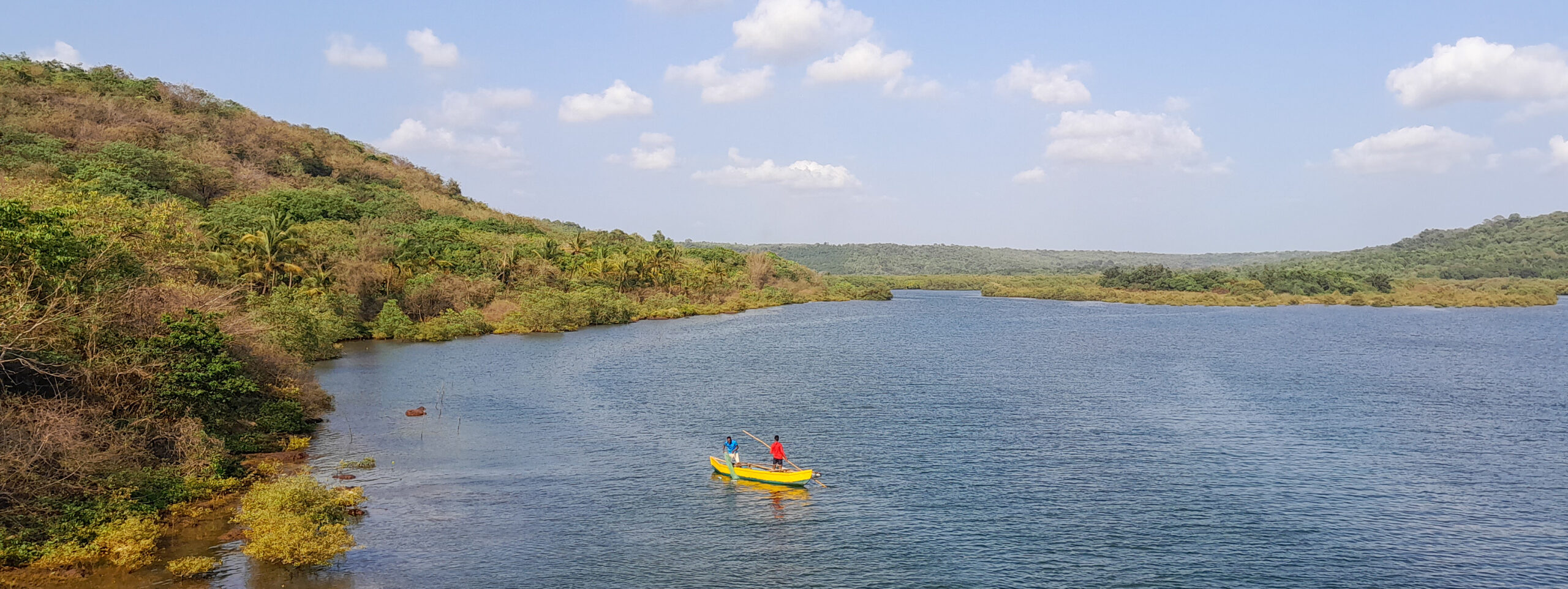THE LOCATION
Sitting on the verandah of a homestay in a village in Konkan, relishing the organically grown rich flavored mangoes, time passes unhurriedly. There is nowhere to go, nothing to do, only sit back and relax and soak in the serenity and peace of this place. No wifi, and no link with the outer world, but still, there is a better connection to find in this rural hide.
This is ‘Indian Pitta House’ – located in Kasar Kolvan village in the Sangameshwar tehsil of Ratnagiri district. Set in the surroundings of nature – the homestay offers a very peaceful experience.

The house is named after the Indian Pitta – a local migratory bird that breeds in the hills of the central and north India and migrates to the west and southern part in winter. It is locally known as ‘Navrang’ – meaning nine colors that look striking when the bird is in flight. It has a distinctive whistling note that can be heard during dawn and dusk. We sighted several of them in the house backyard foraging on insects in the leaf litter, scaring away squirrels and other intruders. On one occasion, one of the Pitta showed great courage in chasing away a Common Bronzeback Tree Snake who must have invaded his territory.


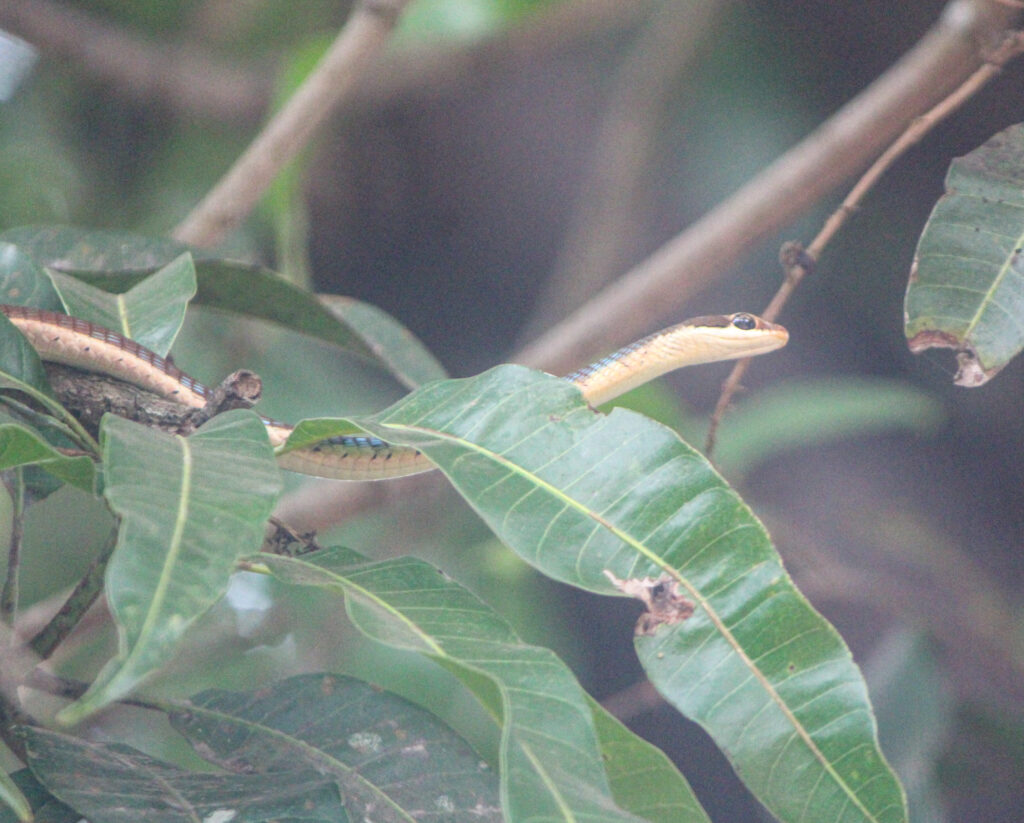
They will remain here until June after which they will migrate back to their native place – the forest of the Himalayas. But until these winged beauties are here, their whistling tune will surely mesmerize you.
The Bavnadi (river Bav), originating at Marleshwar, flows perennially just a few meters away from the house. The water is less in summer, but it is worth sitting on its bank observing the variety of birdlife and listening to the birdsongs as the day ends.
There are more than 60 species of birds found. The birds which attracted us were Green bee-eater, Blue-capped rock thrush, White-rumped shama, Asian paradise flycatcher, Pied kingfisher, White-breasted waterhen, Black-hooded oriole & Goldenback woodpecker.
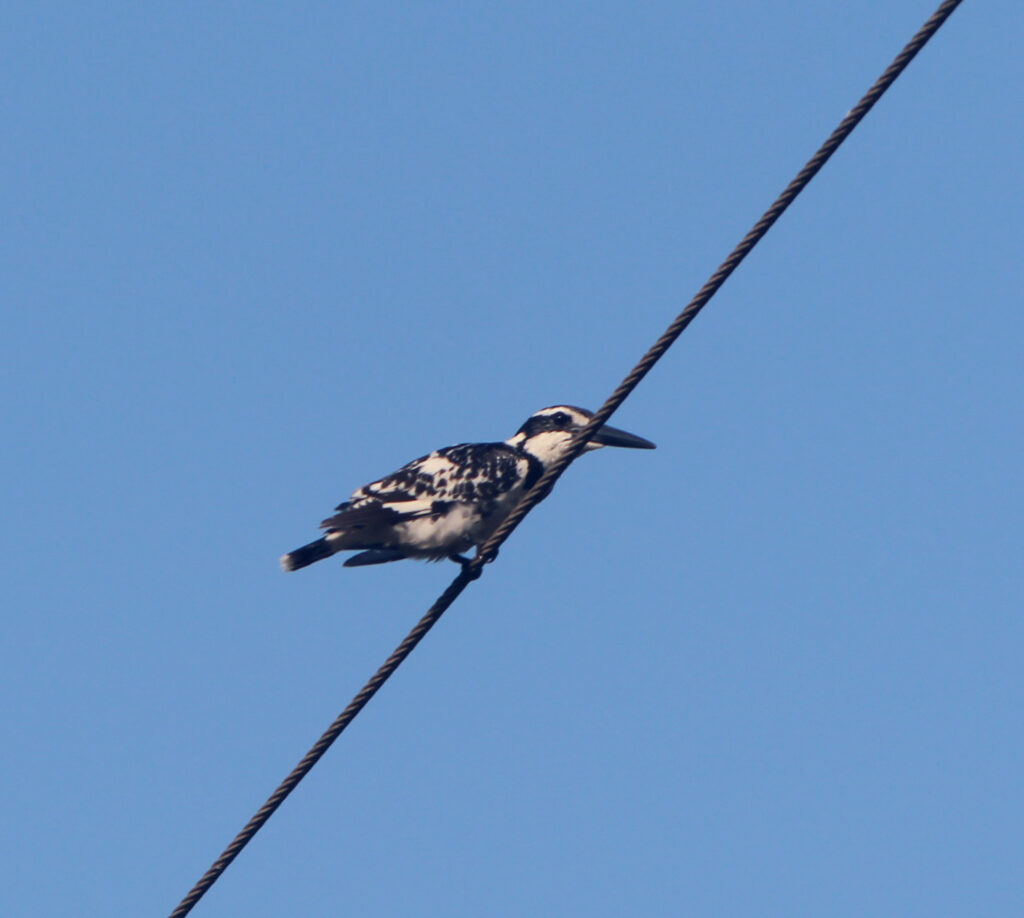
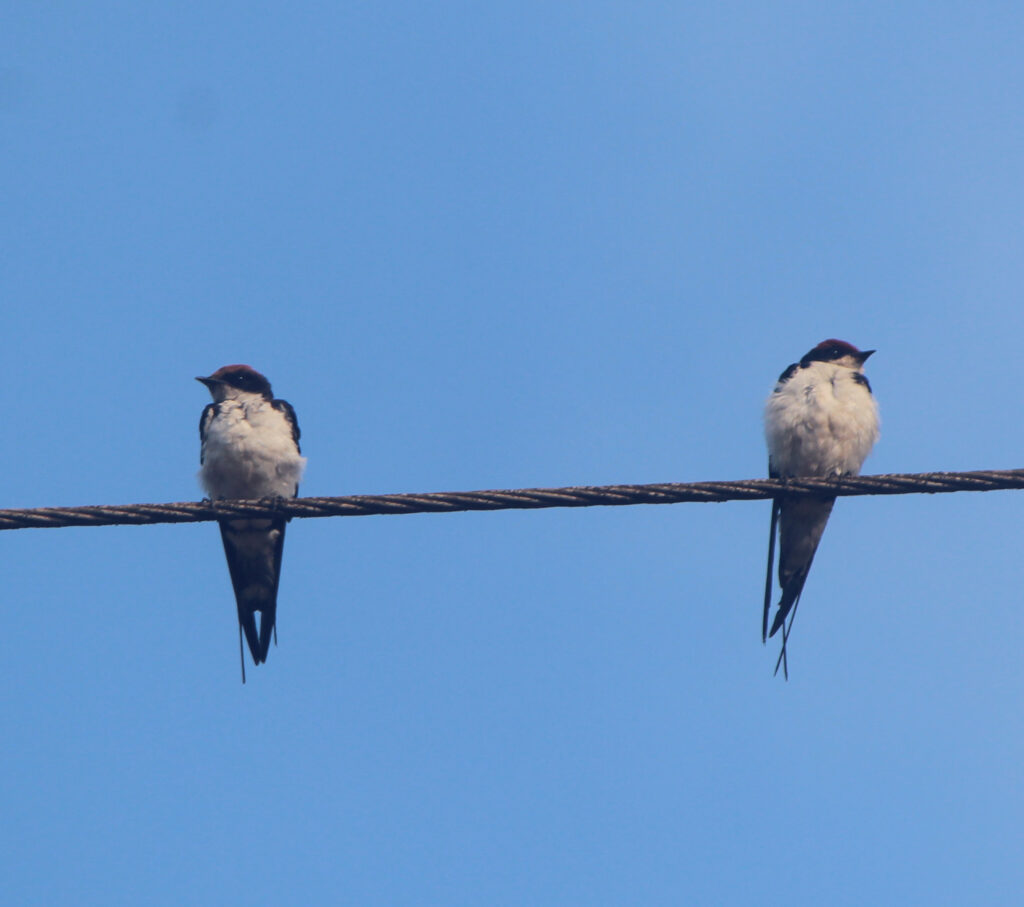

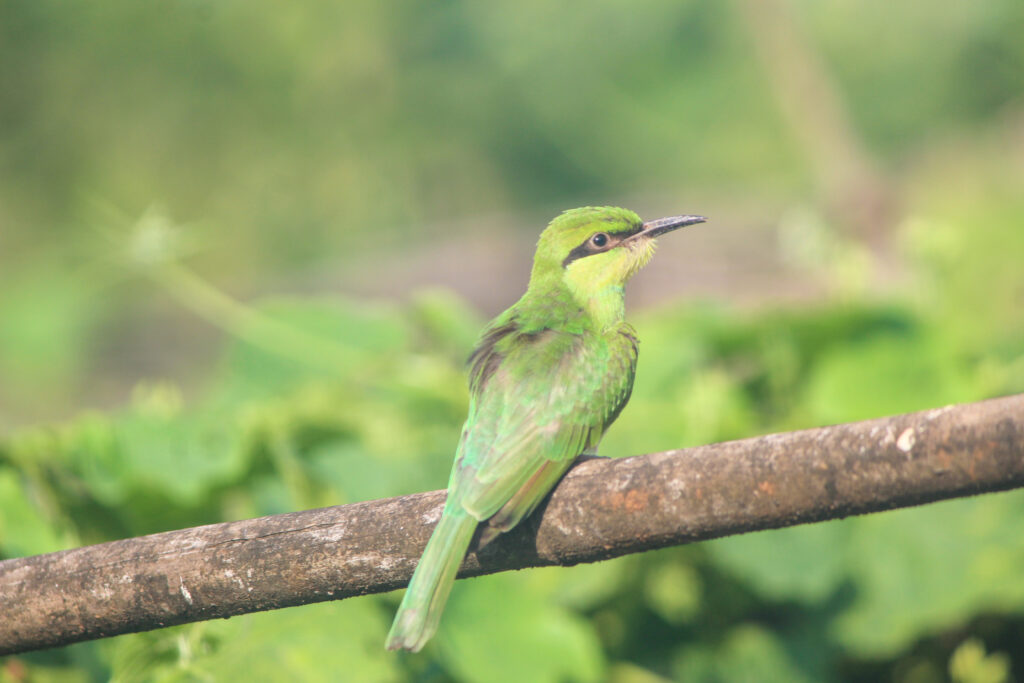
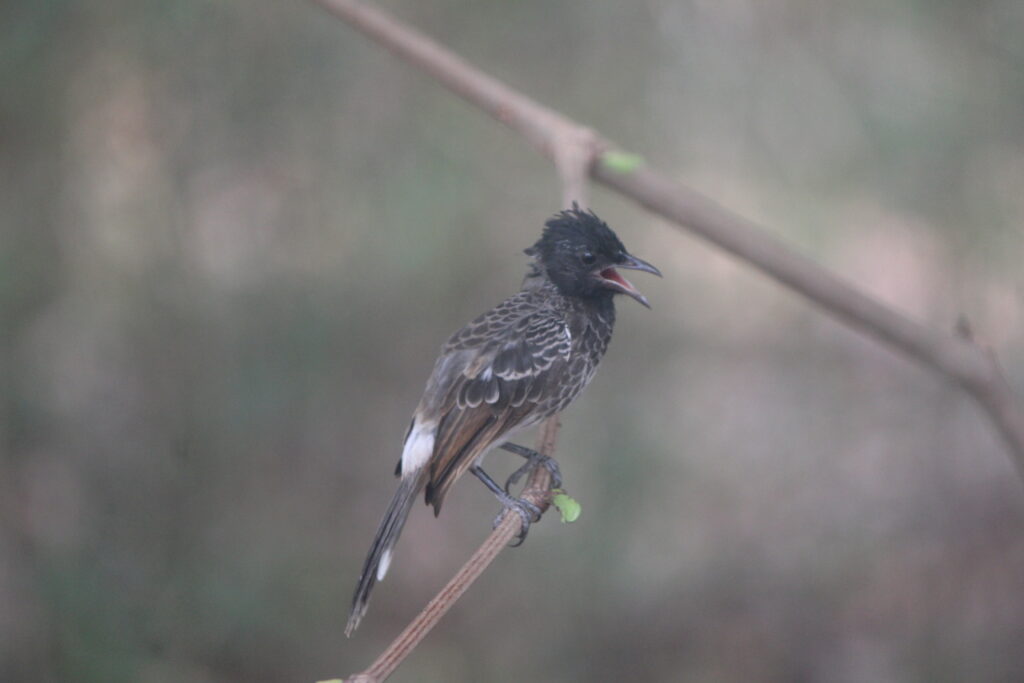
THE HOMESTAY EXPERIENCE
The construction of the guest rooms is based on the Laurie Baker concept with filler slabs, so the rooms remain cool in the summer afternoon as well. The lighting is done with rope light bulbs hanging from the ceiling, blending well with the wooden interiors. A wooden chair lays in the verandah with an old vintage storage trunk. All this gives a rustic vibe to the place.



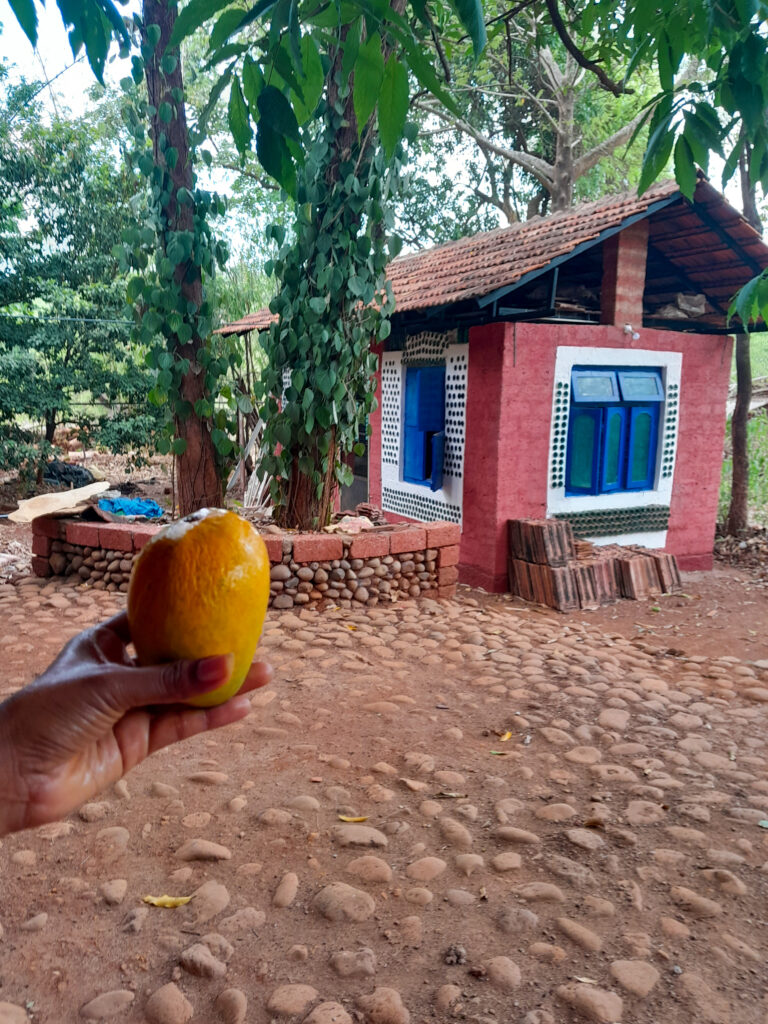


The afternoons on the verandah were spent – reading a book while listening to the soft breeze blowing from the direction of the cashew plantations, feasting on succulent mangoes, helping a lost baby squirrel reunite with her mother, being a witness to many bird activities and dicing the forgotten traditional game ‘Kaudi’– played with four small cowrie shells. With changing times, there are many such vintage games that have been forgotten. The caressing of the afternoon breeze, the warm sun rays filtering through the leaves, a distant call of a barbet, and a little rest was all that required to refresh our mind.
Food is getting prepared on a mud chulha (clay stove) in the backyard. The smoke carries the aroma of the cooked food to the terrace as I read out a short story to Steffe as the branches of a mango tree give us a canopy. My narration is interrupted by a glowing insect that settles on the book wandering aimlessly. Steffe takes it on a leaf and claims excitedly – ‘A Firefly’. We turned off the lights and gazed around. The lightning bugs all over were beginning to flicker their tiny flashes of light to communicate with their fellow fireflies. At first, there were few but soon hundreds of blinking lights could be seen scattered in the forest. So, after dinner, we decided to go near the river and observe them from a distance where they all gather on a tree.
The seasonal cashew curry with traditional Maharashtrian multigrain poori recipe – ‘Bhajaniche Vade’ was served at dinner. It tasted just awesome with homemade mango pickle. The food cooked in mud chulha retains its nutrients and tastes delicious. We were all happy after eating this scrumptious meal.
A NIGHT WITH THE FIREFLIES
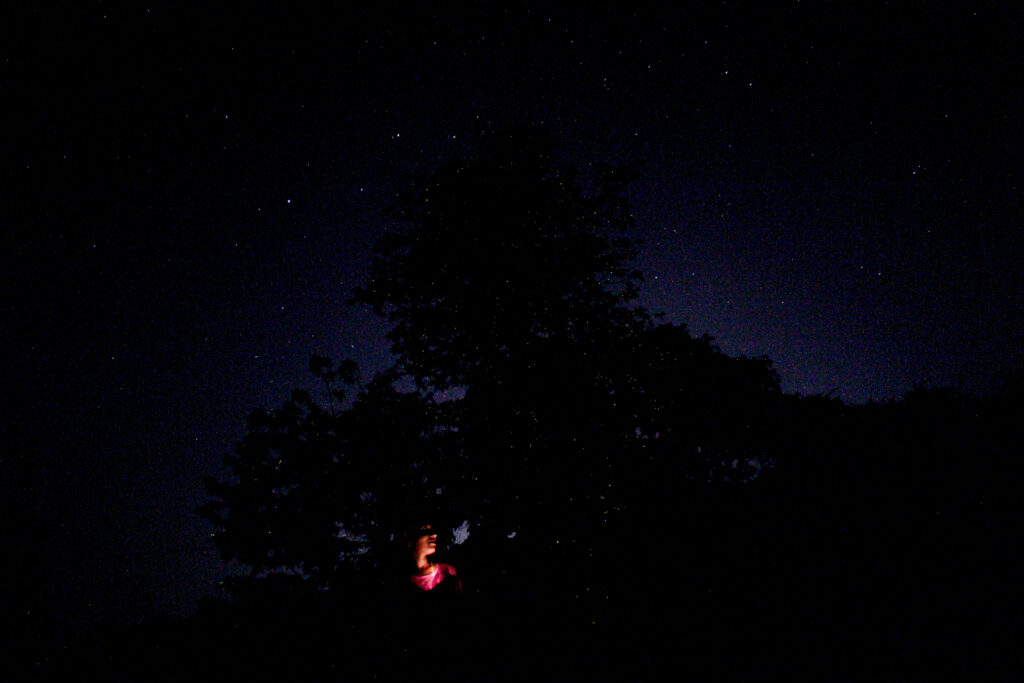
The darkness encircled the house. Three of us carried a torch and walked cautiously towards the river. We were told stories of encounters with leopards and bison and were advised not to venture alone at night. This forest range of Sahyadris is very dense and populated with wild animals.
The sky was lit with stars. And the trees were full of fireflies. We sat on an open field, turned off our torch lights, and kept gazing at the display of magical lights in the sky and on the earth.
Fireflies producing light is their biological process of attracting a mate. They repeat this every year before the onset of monsoon. It is their part of life. And since this phenomenal display of light pleases our senses, we are left in awe of these tiny creatures and want to see more of them. But importantly we must follow some basic guidelines while watching them. We should be a witness to their presence and not invaders.
The silence of the night and the darkness is all that I need, I thought, to rebuild and gather my wandering thoughts and give them a direction towards the light. Through this display of darkness and light, nature gives a message that many organisms, including humans, need a balance of activity and rest to sustain healthy lives.
And this is what our trip to this remote village has taught us, that life isn’t a race, but it is this very moment. A moment to pause and admire, a moment to reflect, a moment to breathe. We must live every moment by appreciating everything that we have.
To sum it up, “Enjoy the flowers, the breeze, rivers, sea and sky, mountains and tall waving trees. Greet the children passing by. Talk to the old folk. Be kind, my friend. Hold on, in times of pain and strife: Until death comes, all is life” – Ruskin Bond.
– Clement & Steffe

